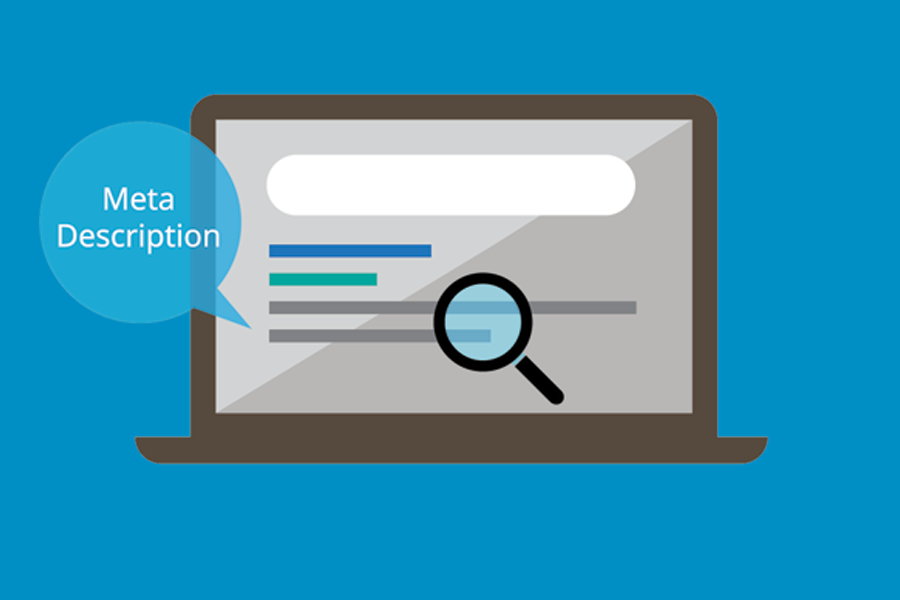In today’s age, having a website is crucial for any business looking to establish a…
Online Advertising – 6 Common Approaches

The digital landscape has changed not only how your customers interact with you and your business directly but also shaped the brand message and external perception of your company and its function. It is vital to correctly represent your business in the messaging you deliver and the method you use to deliver them. Below are 6 of the more common online advertising methods for businesses to utilise. Each serve a unique purpose and should be carefully considered when first stepping into online advertising and marketing.
 Search Advertising
Search Advertising
Search advertising has long been the foundation of online advertising. Search Ads are placed on search engines like Google, Bing and Yahoo, they are typically given better placements at the top or side of the results page of keywords.
Google is by far the stand-alone leader of search and although typically more expensive than their competition it is for good reason. Google drive results that are easily tracked and expandable across a multitude of different technologies. The key factor in costing when running search is the performance, leading to the assumption that if the price is high, it is for a reason. Search allows you to target people who are showing a specific interest in set terms online. The right campaign starts with the right keywords, get these right and your search campaign is destined for great things. The shorter and broader the search term the more likely you are of being outbid, try targeting long terms and unique keywords for success with your online advertising.
 Display Advertising
Display Advertising
Display advertising most commonly refers to the banner adverts audiences see when they visit a website from a desktop computer or laptop. Online advertising creatives are carefully created to attract an audience to click on the banner and navigate to a specific page determined by the advertiser. The advert can include text, images, graphic, video and audio, the limitation of what can run are determined by the website owner or publisher.
It is possible to approach websites directly and individually agree online advertising pricing and creative types, however there are now large networks of publishers that allow you to target multiple publishers with a similar context at the same time. There are countless opportunities to work with networks, each offering their own insight into data, volumes, context and various other parameters for advertisers to target. Tread carefully, with large volumes of automated traffic comes the potential to quick burn through a budget, plan well and check everything when loading your campaigns.
 Email Marketing
Email Marketing
Email is an effective tool for engaging with new customers but more so effective at continuing a dialogue with your current clients. If you are emailing a new email pool to prospect and seek new business, there are several things to consider.
Consider the legal elements of the email addresses you are targeting. The necessary permissions must be gained from you or the company that is providing the email address to target. Conversion rate is another key factor, not everyone will open or read the email. Most will delete, very few will interact. With that in mind it is important to ensure you have a database of emails that is large enough to achieve the amount of conversions you need. Tracking and attribution are vital for understanding what has worked and who is engaging in your message. Several platforms offer an email tracking service which allows you to track and monitor the engagement with your email campaign.
 Social Advertising
Social Advertising
Advertising on social media is one of the newest and most important places to be advertising online. Social platforms are the new digital hubs where people spend countless hours staying on top of their social media feeds. People are evolving communities and social groups and speaking openly about topics, businesses and services. If you can tap into this correctly, display an appropriate message it can be a key driver of new business.
What makes social media stand out as an advertising medium is the level of data it is able to collect. Users of social media sites share a lot of information around their likes, dislikes and location. As well as this users typically share a lot of personal and demographic information which can all be targeted by advertisers. If you know your audience well, you can target highly focused groups of potential customers.
 Mobile Advertising
Mobile Advertising
The evolution of mobile as a legitimate advertising medium has been prominent since the launch of the iPhone in 2007. The function and purpose of the mobile phone entirely changed and opened endless possibilities for a mobile driven society. With this came advertising, for most developers, the only feasible route to fund and pay for the development of the apps and services.
Mobile advertising needs to be considered and managed as separate entity entirely. The targeting and technical capabilities are very different to what you might find in search or display. The data that can be monitored as well as the location of the user can all be uniquely identified and shared. Due to the speed and fluidity of change within mobile more advertisers are turning to programmatic and RTB to facilitate their purchase of media.
 Programmatic & RTB
Programmatic & RTB
While often paired, Programmatic and Real Time Bidding (RTB) are different. Programmatic describes the automated purchase of advertising space from publishers, often there are large technology platform designed to enable the sale and purchase of advertising. Depending on the platform and their unique understanding of their supply you should have numerous options to target and guarantee media spend when required.
Real Time Bidding (RTB) evolved from programmatic platforms where the decisioning speed became ever more important. RTB allows advertisers to bid on ad impressions on an individual basis rather than groups of impressions at a fixed CPM. The technology quickly became capable of decoding data communicated from the consumer’s browser, app or video player and offering that as information to advertisers for them to make a better-informed decision on price and method of target. RTB is now a large complex landscape with huge technology companies offering their own way of automating and understanding traffic in real time.



